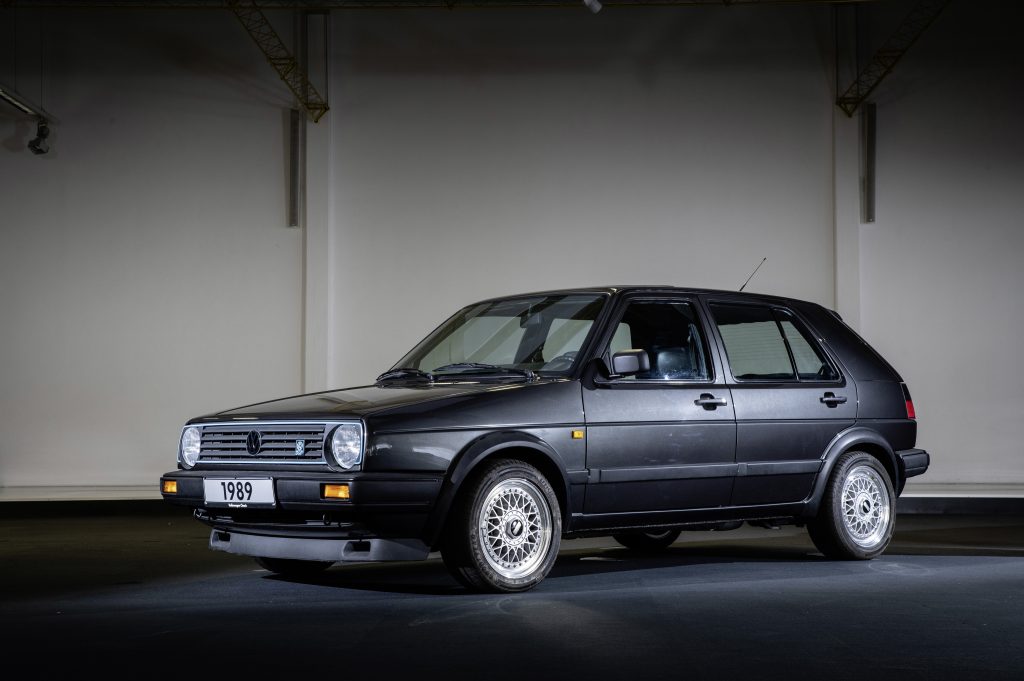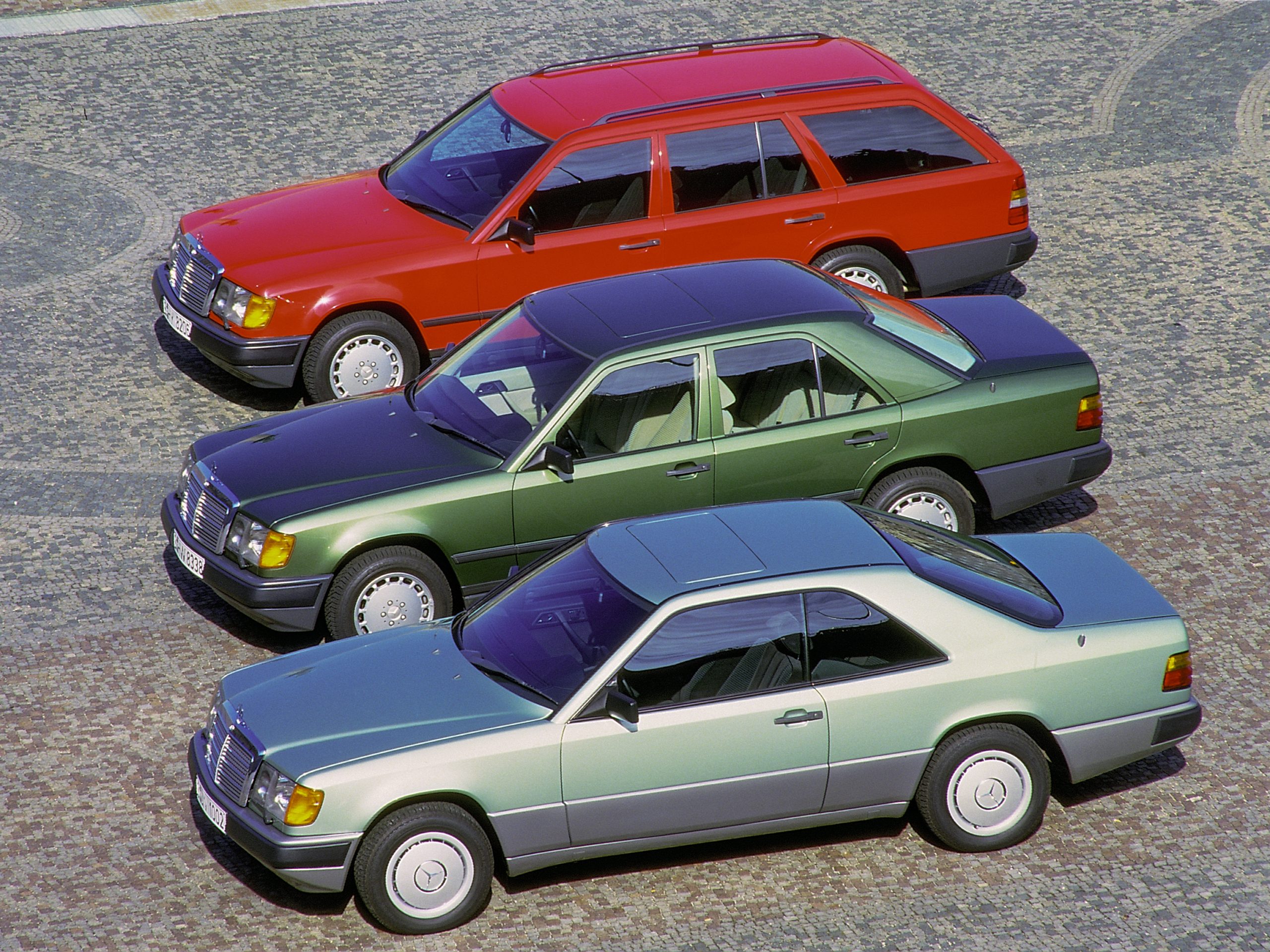The Volkswagen Golf GTI may not have been the first hot hatch, but it certainly helped elevate the concept to the must-have motor of the 1980s and beyond.
Practicality and performance, with a sharp-edged look and, thanks to fuel injection, unlikely to leave you hanging around in the rain like British sportscars of old, waiting for a tow.

However, there’s more to Volkswagen’s hot hatch hero than just the GTI – come with us as we take a look through the Mk1 and Mk2 generations to find the gems.
In the beginning…
A fast Golf really wasn’t supposed to happen – the dismal reaction to the Beetle GSR of 1973 hadn’t instilled much enthusiasm among VW’s suits for a go-faster model. However, the head of the press department and an engineer thought differently, and began developing a model under the radar. Pretty soon they’d drafted in five more like-minded souls in engineering, purchasing and marketing, and came up with a prototype. Originally based on a Scirocco, it had dual carbs, lower and stiffer suspension – and the head of research labelled it undriveable.
Mk1

GTI (1976-1983)
After going back to the drawing board, this time with an EA827 fuel injected engine nabbed from the Audi 80 GTE, the idea was approved by the VW board in early 1975. The car went on sale in 1976 with a 1.6-litre, 108bhp engine that in an 810kg body, meant it could hit 62mph in 9.2 seconds. After being available as a LHD import in 1977, RHD cars appeared in 1979. The four-speed gearbox was replaced with a five-speeder in 1979. In 1982 it was upgraded to a 1.8-litre, 112bhp engine that featured lightened pistons and rods, larger valve sizes and a revamped cylinder head; the compression ratio grew to 10:1. Though this only added very few horses, it added a little extra muscularity – 109lb ft at 3500rpm rather than 101lb ft at 5000rpm. 0-60mph dropped to 8.3 seconds.

GTI Campaign (1983)
This special-edition model blended the 1.8-litre engine with a quad-lamp front grille, tinted glass, a sliding sunroof and Pirelli alloy wheels. Inside you got a leather-encased steering wheel, the luxury of interior mirrors adjusters and a trip computer. It was known as the Pirelli, Plus, Trophy and Special in other parts of Europe.

16 S Oettinger (1981)
Reserved just for Switzerland and France, Oettinger took the GTI and added a 16-valve, dual overhead camshaft that was good for 133bhp. Always very rare, these are now worth serious money – the last one at auction sold for more than €60k.

GLI/GTI Cabriolet (1979)
Karmann didn’t take long to see the potential for a drop-top Golf and presented VW’s suits with a prototype that didn’t have a rollover hoop. The production car, thankfully, did, along with extra chassis bracing. At the top of the range, it featured GLI badging – this was essentially a GTI in terms of mechanicals, and in the UK it was finally called that from late 1983 onwards.
Mk2

GTI (1983-1992)
The GTI carried over the 8v mechanicals of the MkI in a somewhat larger body shape, this time with three or five doors. It still had the same 110bhp as before, which led to some Italian and French competitors being deemed slightly more sparkling to drive. That all changed when…

GTI 16v (1986-1991)
In 1986 Volkswagen reclaimed the top prize with the introduction of its 16v 1.8-litre engine, which produced a healthy 137bhp. While this would later be dwarfed by the 150bhp Vauxhall Astra GTE 16v, it was still competitive against much newer opposition when it went off sale in 1991.

G60 (1988-1991)
Volkswagen strapped a supercharger to its 8v 1.8-litre engine to produce 158bhp, which knocked the 0-60mph time down to 7.8 seconds; it also packed a chunky 166lb ft of torque. Never quite as popular as the GTI – largely thanks to being left-hand drive – nonetheless it paved the way for some very special editions. In 1990 the GTI G60 was launched – it was largely a badging and trim exercise that blended the 1.8 GTI aesthetic with the G60 supercharger.

Rallye Golf (1988-1989)
Volkswagen had won the first Group A World Rally Championship in 1986, but very few people had taken notice given the theatrics of the Group B machines at the head of the field. With Group B eventually banned and Group A taking its place, VW set about building its own challenger to the Lancia Delta HF.
The resulting car blended the supercharged 1.8-litre G60 engine with the Syncro four-wheel-drive system, packaged in a bespoke body with box arches and square headlamps. There wasn’t any extra power, so the presence of a heavy four-wheel-drive system slightly blunted its performance on the road car. The rally car didn’t perform much better, and VW soon left the rallying stage.

G60 Limited (1990)
The ultimate early Golf? This ultra-limited edition finally blended all the best bits from the Golf parts bin – it had the 16-valve version of the 1.8-litre engine enhanced with the G60 supercharger, with Syncro four-wheel drive. Luxuriously equipped with all the options you could have chosen, including heated and height-adjustable leather seats, it was remarkably potent. It produced 207bhp and could hit 62mph in 6.4 seconds. Just 71 were made, and were largely sold to VW executives, the same VW executives who swiftly voted that the Mk3 and Mk4 GTIs should eschew outright sportiness for green credentials. Spoilsports – as such, the G60 Limited would remain as the most powerful Golf for another 13 years.
Which is your favourite?









I owned most models MK1 & MK2 GTi ,including the GOLF LTD 16V no 41 which was used for UK press car in all the magazines.